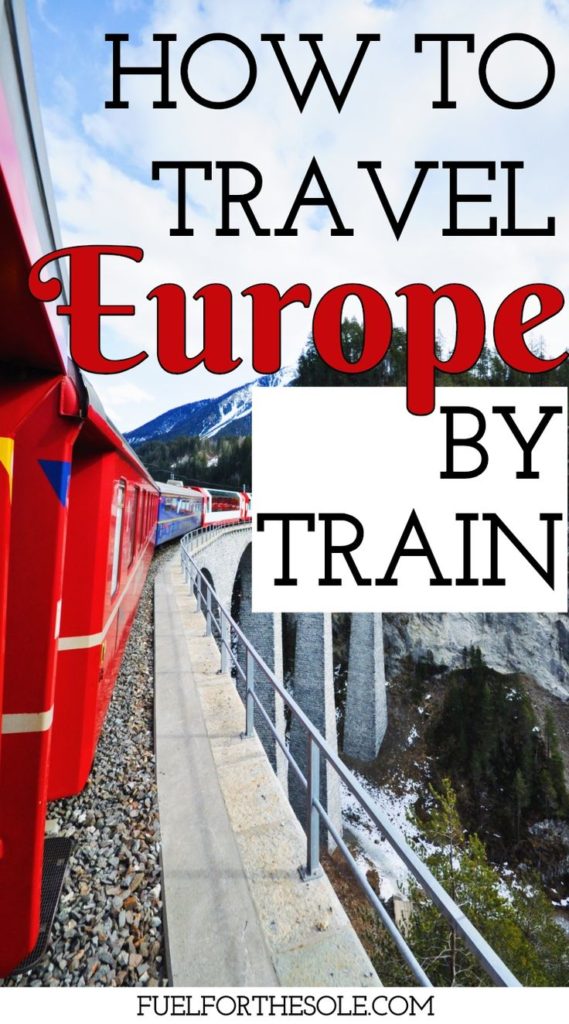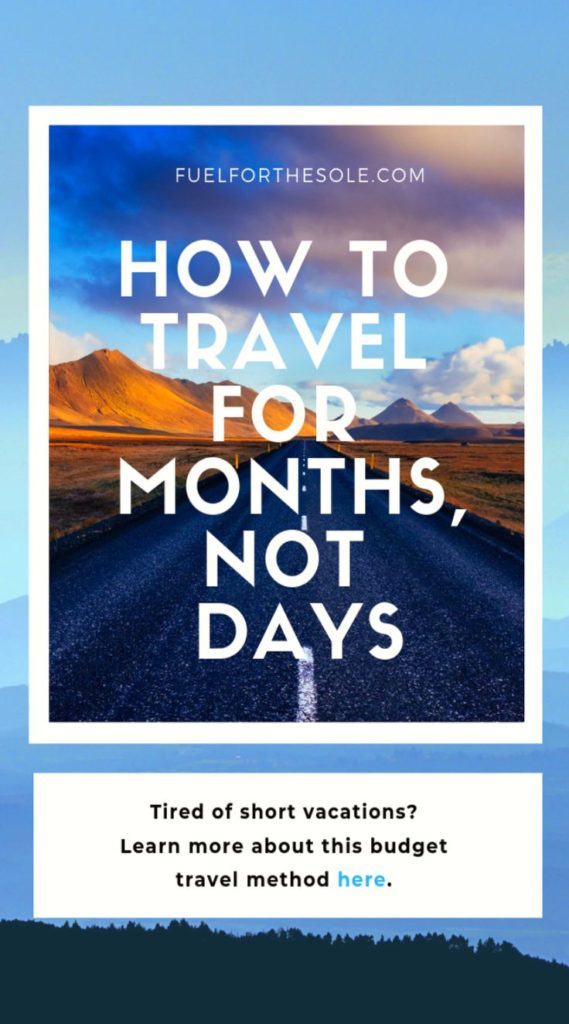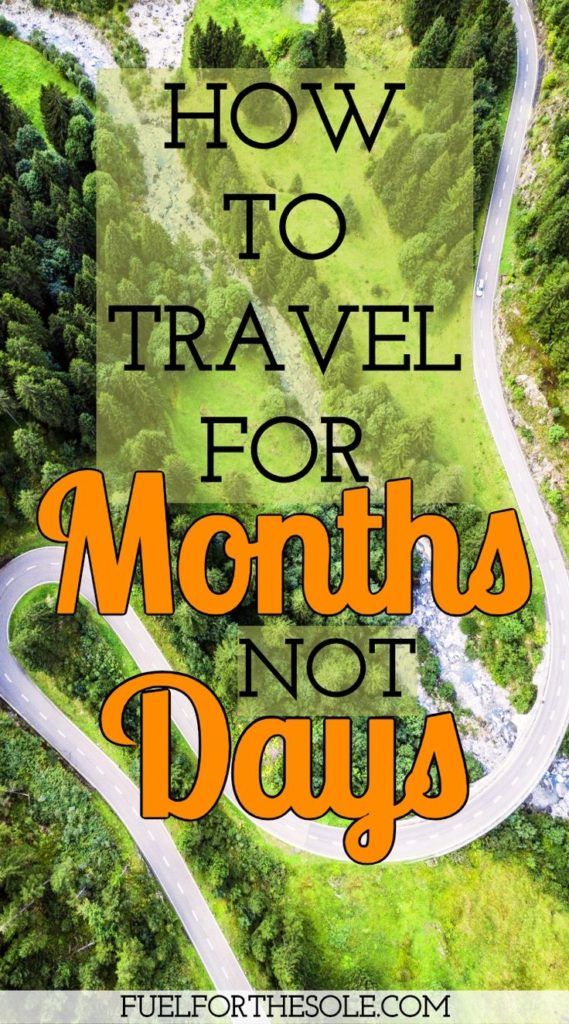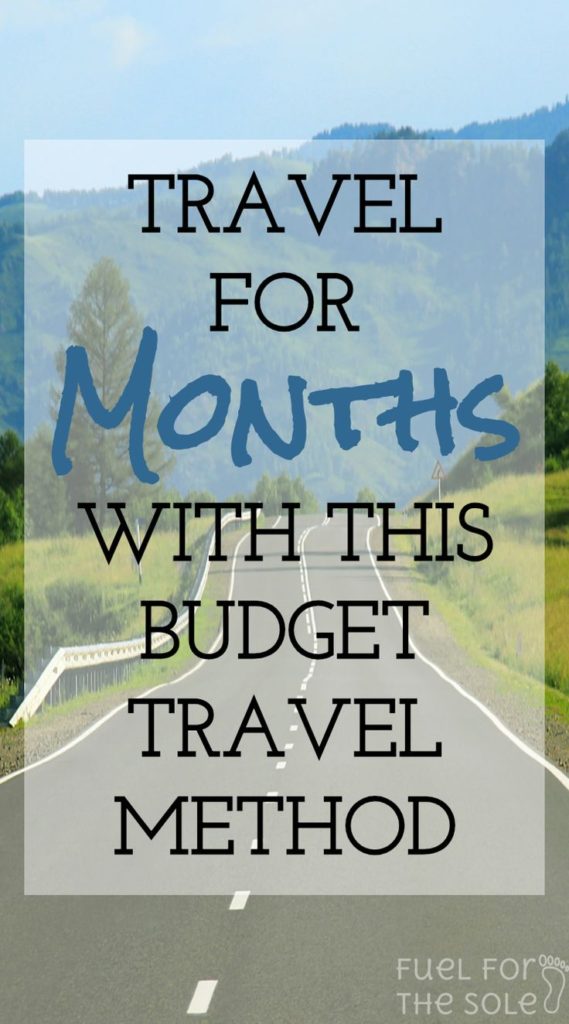Europe is a top travel destination. Not only for it’s beauty and culture, but for the convenience of being able to travel country to country with little effort.
A quick drive, train ride or flight and you emerge into a whole new world of landscape, architecture, language and food. This type of travel is very unique to Europe and when you are there you want to take advantage of it.
It’s no wonder there are so many forms of transportation in Europe. When we traveled through Europe we utilized all forms. Rental cars, cabs, ferries, buses, trains and planes.
Each type has its own unique aspects. Buses are cheap and great for traveling short distances within or between countries. Most flights are inexpensive and convenient when traveling further distances or over water. The ticket prices for trains vary widely but when you are traveling through a country with stunning landscape and countryside (think Germany, Austria and Switzerland), a train ride will give you the ultimate views.

The rail system in Europe is confusing and overwhelming the first time you use it. Multiple train stations within one city, transfer stops on a single journey, and language barriers will easily confuse you.
You have to research and plan meticulously – it is very easy to take the wrong route and get lost. Learn from our mistakes here.
We were warned about this exact thing before boarding a train in Germany. We were trying to get to the Berlin Airport. I asked multiple people for confirmation of where we were headed, checked my ticket countless times for departure information, found the right platform, and still got on the wrong train.
The worst part was that we didn’t even realize we were on the wrong train until about an hour in and realized the trip was taking much longer than it was supposed to. We looked around us desperately for an English speaking person but were unable to get our message across. We literally had minutes to spare before we had to be at the airport to catch our flight. Eventually we found someone who spoke about 10 words of English and realized we were definitely on the wrong train after he screamed “Nein! Nein! Poland!” at us. Alright, so we aren’t headed to a German airport – we are headed to Poland. Luckily we had just enough time to get off at the next stop, grab a cab and make our flight.
It was a day full of anxiety and feeling like a dumb tourist. Don’t let this happen to you! Do your research well ahead of time to ensure a safe and smooth trip.
Traveling on a tight budget? Check out our travel budget series:
I can give you a quick overview and some general tips on what I learned through my travels and how to make the booking process easier for you. But the reality is, every country, destination and route will involve a different process and a different way to save money. For an excellent guide to the train system throughout Europe and a much more specific guide to the area you are traveling, check out Seat 61.
The Many Benefits of Train Travel in Europe
As I mentioned before, a train ride will give you the most stunning views of the countryside. If you plan to travel from large city to large city, you may never see views like this if you stick to planes and highway travel. Trains weave through mountains, around lakes and aside quaint towns. It gives you a different perspective beyond large buildings and tourist attractions. It may even inspire you to venture out and discouver less traveled land.
Depending where you are traveling, a train ticket tends to be a bit pricier than a bus or plane ticket. But you do get what you pay for. A train ride will give you more space, more comfort and the feeling of more luxurious travel.
If you are traveling a far distance on the train, consider taking an overnight trip. The seats and space are comfortable enough to get a good sleep. And you will save the cost of a night’s sleep in a hotel.
Taking the train is very convenient. You can pick it up in city center and get dropped off in city center. No remote airports to worry about.
Airports and planes tend to give people anxiety – for many different reasons. With train travel, you skip the long check-in and security lines, there are no luggage size or weight limits, there are no delays and you can bring anything on board with you (including your own food and drinks – alcohol is allowed.. this is Europe after all). Overland travel, like trains, can be a much more relaxing and calming way to get to your destination. And on vacation, this is what we all strive for.
We LOVE traveling by train for it’s ease, convenience and comfort – but we still make sure we bring along the right gear. Make sure you read our post Top 10 Must Have Items for Long Travel Days and carry along these items to help improve comfort and sleep, and reduce anxiety and stress:
- J-Pillow Travel Pillow– Our FAVOURITE Travel Pillow and perfect for train travel!
- Hydro Flask 32 oz. Water Bottle
- Physix Compression Socks
- Alaska Bear Natural Silk Sleep Mask
- Sony Noise Cancelling Headphones
Top Tips for Train Travel in Europe
Book Tickets Early
Train tickets can be expensive, but if you book your ticket early, you tend to get a better rate. Try to book your ticket a few weeks in advance. It can be tough to plan out your schedule when traveling country to country; but if you can create a rough schedule you will save lots of cash.
Use Apps and Websites to Plan Your European Train Trip
There are lots of apps and sites that will help you plan your trip and estimate your costs. As I mentioned before, Seat 61 will start you off in the right direction and give you the best budget option for your specific route.
We used RometoRio quite often. This site’s layout is similar to Google Maps. You enter your current location and your destination and the site will display all the different ways you can get there. Each result will give you the form of transportation, the total travel time and an estimated cost. It links you to the site where you can book your ticket. It is a great way to learn about the routes available to you and compare costs of travel. The is no guarantee that this site will find you the best deal, so make sure you look around at other sources before booking your ticket.
Some great sites to shop and compare prices of individual train tickets are Trainline.eu, Loco2.com, and RailEurope.com. These third-party booking sites are easier to work with than the individual country’s National Rail Service sites. If you are traveling from one country to another, it is best to use a third-party site because they are better at creating international routes. If you are traveling within one country, check prices through that country’s National Rail Service site – you will sometimes find a better rate here. For a full list of each country’s national rail service site go here and click on ‘Links’.
European Rail Passes (Eurail)
If you want to remain flexible with your travel and cannot book your tickets weeks in advance, a rail pass might be for you.
There are different types of rail passes depending on what you want it for. It is best if you try to plan a rough itinerary before you leave on your Eurotrip for a few reasons: Some Eurail passes can only be purchased outside of Europe, and it may be more economical to purchase individual train tickets rather than a rail pass.
Take some time to compare the price of a rail pass to individual tickets. Whether or not a rail pass is right for you depends on what countries you are visiting (for example, Western country’s individual ticket prices tend to be higher than Eastern and Southern countries). And watch out for extra fees – if you are traveling through a country that is not included in the Eurail pass, you will have to purchase an extra ticket just to travel through it; some high speed train routes will add on an extra fee and you may have to pay reservation fees.
A rail pass is more likely to be a good option for you if you are traveling through multiple countries and you are staying in Europe for many months.
Types of Rail Passes in Europe:
Eurail Global Pass
This is the most expensive, flexible and comprehensive pass available. All Global Passes will allow travel between the 28 Eurail participant countries – of which Britain is not included. There are a wide variety of options for the Global Pass covering anywhere from 5 days to 3 months. A continuous pass will offer you unlimited travel within a certain period of time (between 15 days to 3 months) and a flexipass offers you a limited number of travel days within a certain period of time (between 1 and 2 months).
Eurail Select Pass
This pass is less expensive than the Global Pass because it only allows travel between 2, 3 or 4 countries for a certain number of travel days over a 2 month period. For example, a 10 day travel pass could allow you travel between Germany, France and Switzerland – you would have 2 months to use up your 10 travel days within those 3 countries. If you are travelling between more than 4 countries, price out the cost of a Select Pass plus individual tickets – this may be cheaper than bumping up to the Global Pass. *Note – if travelling in Eastern Europe or Scandinavia you are better off purchasing the cheaper European East Pass or Scandinavia Eurail Pass.
Single Country Pass
If you plan to travel throughout one country over a month or two, a single country pass may be best. Make sure to price this out compared to individual ticket prices – each country varies in price.
How to Find Discounts on European Train Tickets
If you are travelling with your children, they tend to travel free if they are under 4 years old, and are either free or get a 50% discount between 4 and 11 years old.
If you are a youth between 12 and 27 years old you can purchase a youth discount card that will help to decrease your travel spending.
If you are a senior (which varies between 60 and 67 years old throughout Europe) you can also find discounts on certain routes or purchase a discount card.
Individual National Rail Service sites will often post feature discounts – check out their sites to see what is currently offered. A commonly featured discount is for groups which can be as small as 2-5 people.
Travel off-season or at off-peak times to find a better rate.
How to Find Train Schedules in Europe
You can check out each country’s national train site for their schedule. However, Germany’s national rail website covers train schedules for all of Europe. This is the most complete resource for train schedules throughout Europe and will help keep things simplified when planning your trips.
Now keep in mind, the only information you will get here is for scheduling – there is no fare information or ability to purchase train tickets (outside of Germany). You will have to switch over to that country’s National Rail Service site or a third party site once you are ready to purchase.
How to Get on the Right Train
As I mentioned before, this can be trickier than it sounds. The best advice I can give is research, research, research. Know exactly where you need to be, what to look for and where you are going. Here’s a few pointers to get you headed in the right direction:
- Give yourself plenty of time. Stay calm and give yourself time to get to the right station and find the correct platform. If you are rushing and short on time you are more likely to overlook things and make mistakes.
- Make sure you have the right station. Many cities in Europe, big and small, have multiple train stations. Ensure you are at the right one.
- Ask a lot of questions. Talk to the front desk clerk at your hotel or hostel. Ask locals about the best ways to get to and from train stations. Ask your cab driver if you are headed in the right direction. Double check your location with employees at the train station. Never stop asking questions even if it feels redundant. The people who live and work in the city you are visiting know it best and will give you better information than the internet can.
- Get a translator app for your phone. This is a great tool for travel in general but also comes in very handy when navigating train stations. Use the app to translate any signage (although most train stations will have English signs) or to help communicate with employees to ensure you are in the right spot. The best translator apps you can get are: iTranslate, Google Translate, TripLingo, Papago, Waygo and iTranslate Voice.
- Check your platform information. Most train stations will have large departure boards displaying your destination, train number, departure time and platform information – these are the most important pieces of information you will need so pay close attention to the numbers. Watch these boards frequently as information can change last minute.
European Train Ticket Validation
Ticket validation is common in many train stations across Europe and may not be obvious to you if you are new to train travel. Often times, tickets will have to be validated with the date and time before riding the train (this is only true for paper tickets, not electronic tickets). If your ticket is not validated, the ticket checker on board can give you a fine.
Make sure you are aware of what needs to be done before boarding the train. Watch out for ticket validation stands which are often located near your platform.
If you are confused about what the process is, look around to see what others are doing or ask an employee.
Tips on Train Seat Reservations
If you are riding a high-speed train, you may have a seat reservation number. Your ticket will display your seat reservation number, as well as the train car number that your seat is in. The train car number is displayed on the side of the train so you will have to look out for your number as the train pulls up.
If you have no seat reservation number, you are free to sit anywhere as long as the seat is not marked as ‘reserved’.
Enjoy the Ride!
The process of finding train schedules and routes, booking passes and tickets, finding the train station, finding your platform and finding your seat can be overwhelming and frustrating.
But the best part about train travel is the ride itself. Once you have found your seat you can sit back, relax and enjoy your pre-packed picnic (wine included). Stare out the window and enjoy Europe’s countryside. Take a stroll through the train cars, people watch and check out the cafe. Take a nap in your roomy and comfortable seat. Use your time and plan out the itinerary for your next destination. It’s a beautiful thing… enjoy it!
What did you learn while traveling through Europe? Comment below!
Do you love our post? Share it on Pinterest!



*This post may contain affiliate links that help to keep this blog running. Read our disclosure for more information.






